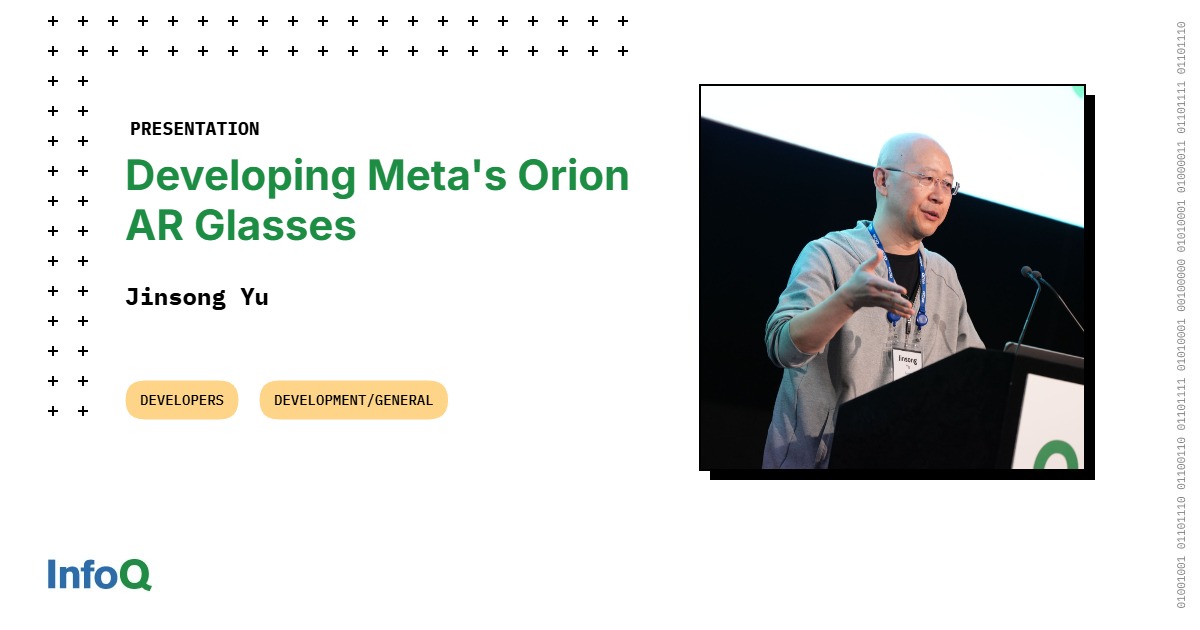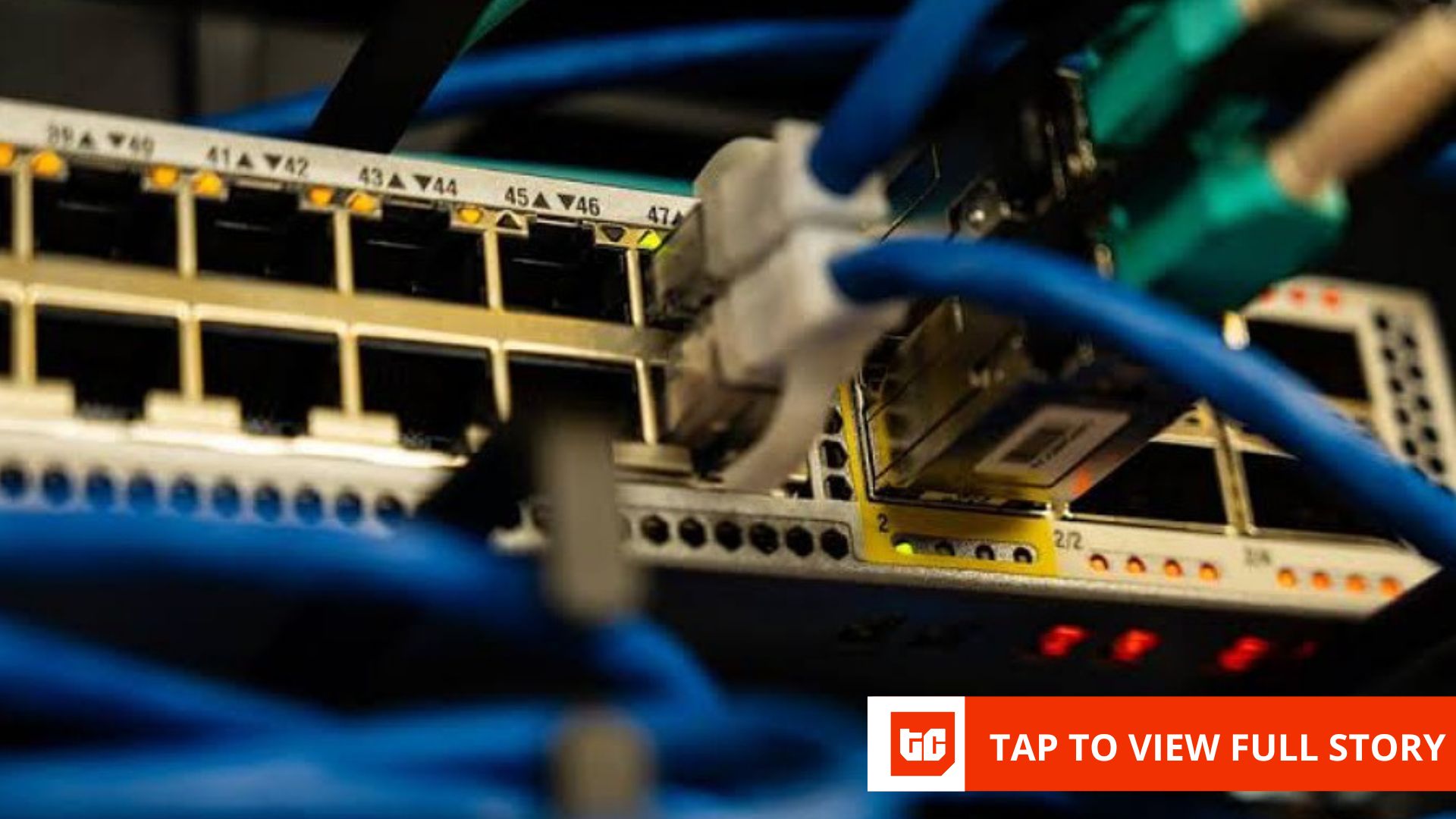Program manager Ankur, whose Instant Offers platform spans the U.S. and routing models cover 70% of North America’s network, explains why forecasting systems outperform physical automation in logistics.
In fall 2025, logistics companies increased their investments in AI-driven automation. FedEx introduced an AI-powered sorting robot in Cologne and began testing loading robots. Amazon deployed its millionth warehouse robot and launched DeepFleet, a coordination model for warehouse automation. The message was clear: physical automation is the future.
But one program manager who scaled delivery networks across three continents disagrees. Ankur, a professional with experience at Amazon, Ola, and TravelTriangle, argues that the fundamental transformation is invisible, not in robots, but in predictive systems that quietly save millions by forecasting demand, allocating resources in advance, and reducing idle capacity. His Instant Offers Capacity Model enabled expansion across 70% of North America’s delivery network by solving problems automation couldn’t touch.
These industry investments compel a reassessment: what can AI realistically deliver in logistics, and where does hype outweigh practical application? We speak with Singh to explore what actually drives results.
Ankur, AI has become the defining buzzword of 2025 in logistics. From your experience, where does AI truly create measurable value, and where is it still overhyped?
AI adds real value when it’s used to make decisions under uncertainty, such as capacity forecasting, routing, or pricing, where minor prediction errors can scale into significant cost inefficiencies. However, much of what we refer to as “AI transformation” is still procedural automation, rather than intelligence. The biggest misconception is that AI replaces logistics experience; in reality, the most successful systems encode domain intuition into models and use data to make those intuitions scalable.
You’ve led large-scale predictive modeling and capacity systems in logistics. From your experience, what technologies are truly transforming the “last mile” today?
The transformation is coming from predictive rather than reactive systems. Earlier, logistics networks would respond to orders only after they were placed. Now, platforms can predict demand density, allocate drivers or couriers in advance, and pre-stage inventory closer to customers. This predictive elasticity, combined with IoT signals and route intelligence, is redefining how we think about efficiency in the last mile.
Your original Instant Offers Capacity Model enabled expansion across 70% of North America’s delivery network, significantly reducing operational inefficiencies. Yet many companies still focus on robots and drones as the future of logistics. Why do you believe prediction is more transformative than physical automation?
Physical automation is visible; it looks impressive, but predictive systems quietly save millions of dollars. A well-calibrated forecasting model can reduce idle miles, energy waste, and scheduling conflicts across thousands of routes daily. Robots are only as efficient as the data ecosystems guiding them. So the real frontier is the intelligence layer that decides when and how to use that hardware.
Ankur, could you share how the Instant Offers Capacity Model works in practice?
It is a predictive framework that forecasts last-mile driver supply needs based on order volume, lead time, and site constraints. This approach reduced reliance on surge configurations, improved cost efficiency, and strengthened scalability across Amazon’s North American network. It clearly showed that data-driven prediction, not physical automation, is what truly scales logistics performance.
You’ve led large-scale implementations, which have served millions of Indian riders and improved pooling margins by over 20% in their first year. Based on that experience, what do you consider the biggest challenge in scaling AI-driven systems across different geographies and infrastructure realities?
The hardest part is localizing it. Every geography has its own behavioral data patterns, regulatory constraints, and infrastructure limitations. A prediction model that performs perfectly in one city may fail in another because traffic dynamics, payment behaviors, or driver incentives differ. Scaling AI systems, therefore, requires not just replication but also contextual adaptation, designing feedback loops that enable the system to learn from local data and evolve with it.
From your extensive experience mentoring product managers, codifying best practices in internal wikis, and participating in organizational talent reviews, how can human judgment coexist with increasingly automated decision systems?
Automation can handle scale, but human judgment gives systems their sense of purpose. Data models can identify what’s efficient, yet they can’t always discern what’s right. In product and logistics ecosystems, judgment means understanding the “why” behind the numbers, striking a balance between speed, fairness, and long-term trust. I’ve observed that when teams develop AI frameworks with transparency and override mechanisms, automation doesn’t replace people; it enables them to focus on higher-order decisions.
You’ve built predictive systems in fast-scaling environments like TravelTriangle, where ML tools improved conversions and reduced fraud-related payment disputes by over 40%, with overall dispute volumes down 25%. What practical steps can logistics firms without Amazon-scale data take to develop similar predictive capabilities?
The foundation is prioritizing data quality over quantity. Even without massive datasets, smaller firms can extract high predictive value from structured, well-tagged behavioral data. At TravelTriangle, we started with simple tagging and feedback loops to identify agent behavior patterns, then scaled gradually as accuracy improved. The lesson is to begin small, focusing on a few key metrics that directly affect operations, automating validation, and refining continuously. Predictive systems evolve from disciplined iteration and context-aware design, not solely from data volume.
Ankur, looking ahead, what will define success in logistics innovation by 2030?
Success in logistics will be defined by resilience, adaptability, and intelligence at scale. The next decade will reward systems that can self-correct in real-time, adapt to demand volatility, and optimize for sustainability as much as for cost. Companies that integrate human insight with predictive automation will outperform those chasing full autonomy. The real innovation will come from data ecosystems that think holistically, connecting routing, pricing, partner incentives, and carbon impact into one decision layer. In logistics, the future is about learning faster.












